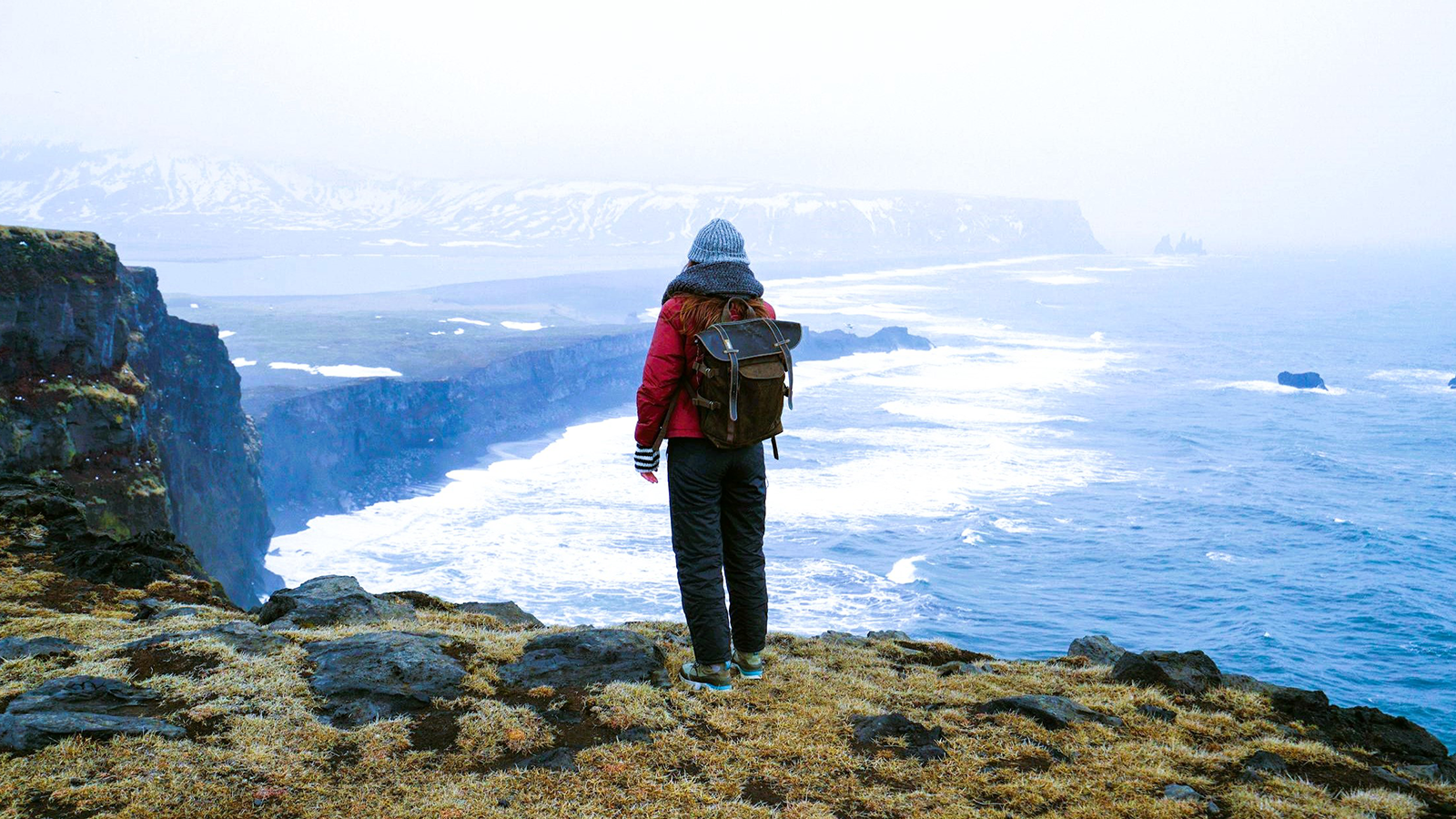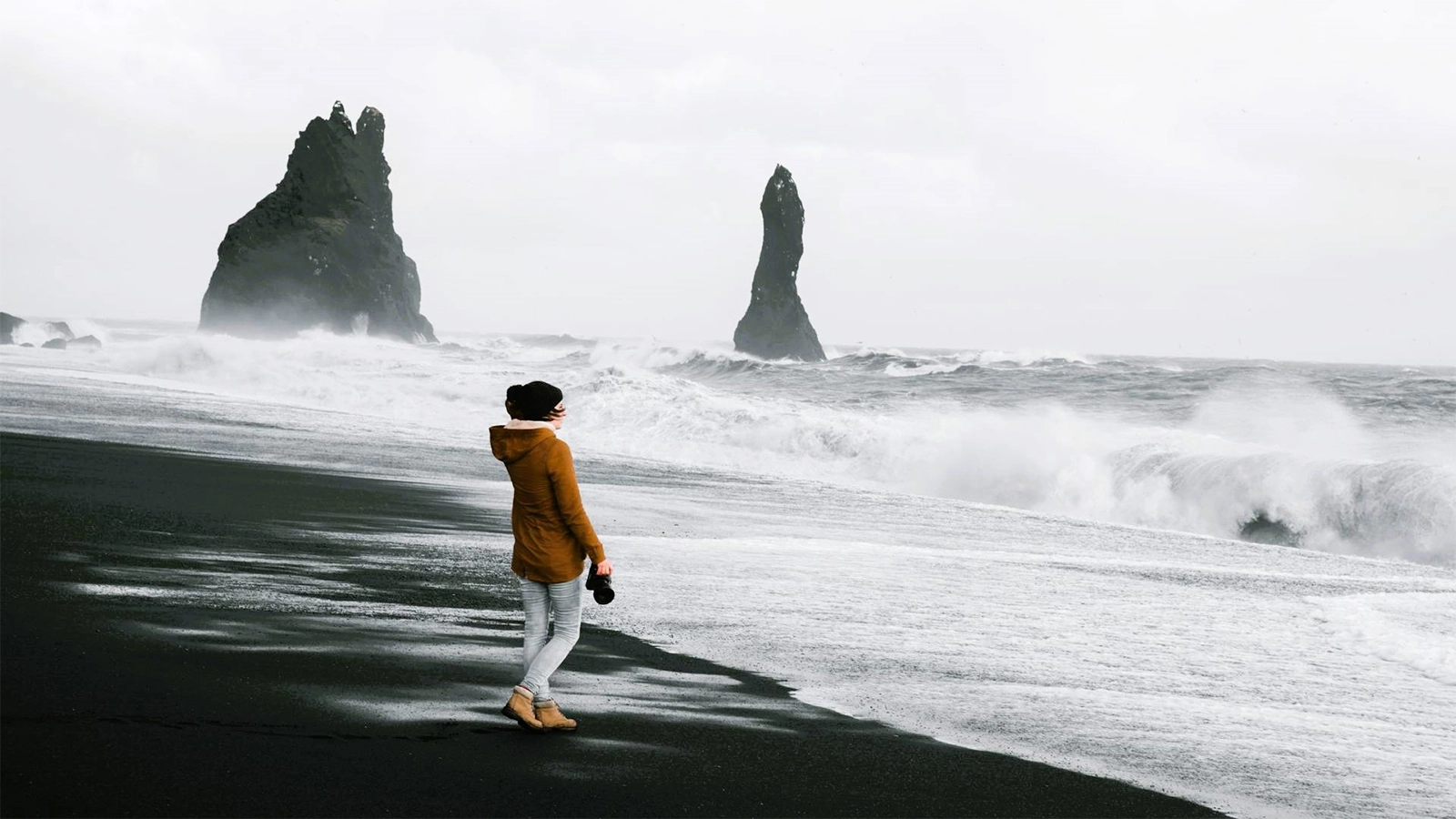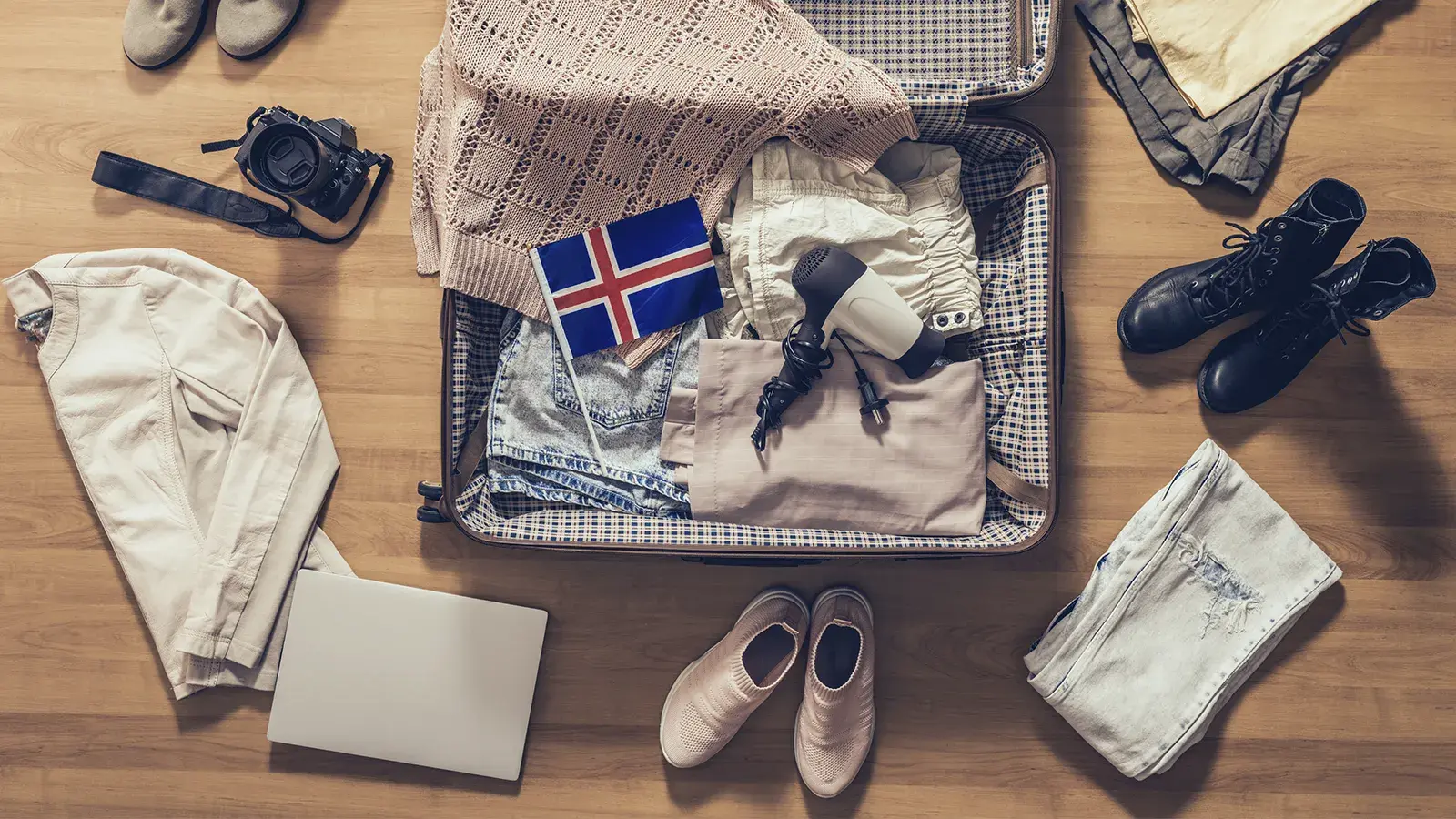There’s something magnetic about Iceland: the waterfalls tumbling over lava cliffs, the glow of the northern lights dancing across winter skies, the endless midsummer twilight. For many travellers, it’s not a question of if they’ll visit Iceland, but when. The dream is there… but so is the worry: “Can I afford it? “
We hear this a lot at EastWest. Iceland has a reputation for being expensive, and it’s not completely undeserved. Food, fuel, and accommodation can add up fast, especially in peak season. But here’s the good news: You can experience Iceland’s natural wonders, hot springs, and wild landscapes without spending a fortune.
The key lies in timing. By visiting during the off-season or shoulder months, you’ll not only save money, but you’ll also discover a quieter, more intimate side of the country. Fewer crowds, more flexible bookings, and often, more personal attention from local guides and hosts.
In this post, we’ll break down the cheapest months to visit Iceland, when to book flights and accommodation, and how to get the most out of your trip, without compromising the magic.
Whether you’re dreaming of icy waterfalls under the northern lights or golden moss in the autumn sun, here’s how to make that dream happen… for less.
The Cheapest Months to Visit Iceland
If you’re looking to save money, your best bet is to travel during Iceland’s off-peak season, which runs roughly from late September to mid-May (excluding major holidays and events).
Here’s a breakdown of the most budget-friendly periods:
- November to early December
Fewer tourists, lower accommodation rates, and early chances to see the Northern Lights. - January and early March
These are typically the cheapest months for flights and hotels, and offer great conditions for winter landscapes and aurora hunting. - Late September to October
A sweet spot: still some autumn colours, fewer crowds, and better prices than summer.
Note on February: While it’s technically winter, February can be more expensive due to European school holidays, Chinese New Year, and Valentine’s Day. Flights and hotels may go up in price during this month.
Avoid July and August if you’re on a tight budget. This is high season, with high prices to match.
Flights: When Are They Cheapest?
Airfare to Iceland tends to be lowest in winter and early spring. Use fare alert tools and consider flying midweek for the best deals.
Tip: If you’re coming from Europe, look at budget airlines like Play or EasyJet. From North America, Icelandair and Play often have seasonal offers.
Accommodation Deals
Hotels, guesthouses, and even camper rentals drop their prices significantly outside summer. Many countryside accommodations are also more flexible on minimum-night stays in the shoulder and low seasons.
Booking early (or very last minute) can both work in your favour in the off-season.
Tours and Activities: Better Value in Low Season
At EastWest, we run small-group tours year-round. In the quieter months, tours are more intimate, guides have more time for each guest, and landscapes often feel even more magical without the crowds.
Some of our best-value experiences in the low season include:
- Golden Circle – Classic sights with fewer people.
- South Coast – Black sand beaches and frozen waterfalls.
- Snæfellsnes Peninsula – For those with a full day, this is Iceland in miniature.
- Northern Lights Tour – Available from September to April, includes hot chocolate and Icelandic treats.
But What About the Weather?
Yes, it can be cold, dark, or stormy in the winter. But Icelandic weather is famously unpredictable year-round. With the right gear (and a warm coat), winter travel is not only possible: it’s incredible.
You’ll get dramatic snowscapes, the chance to see ice caves and frozen waterfalls, and long, cosy evenings perfect for chasing the aurora.
Final Tip: Come with a Flexible Spirit
Travelling to Iceland on a budget is about timing, flexibility, and mindset. If you’re open to off-season beauty, fewer crowds, and dressing for the weather, you’ll find Iceland more affordable and possibly even more magical!
Important: flexible but well prepared! In this aspect, you may also find it useful to read our posts Things to bring to Iceland: a packing guide and Traveler safety in Iceland.
Ready to Explore Iceland for Less?
Whether you’re visiting in winter or shoulder season, EastWest is here to make your trip unforgettable. Our small group tours are designed for every season, and we love helping travellers experience Iceland beyond the clichés.
Curious about the highlights of each season in Iceland? Don’t miss our post Best time to visit Iceland.



